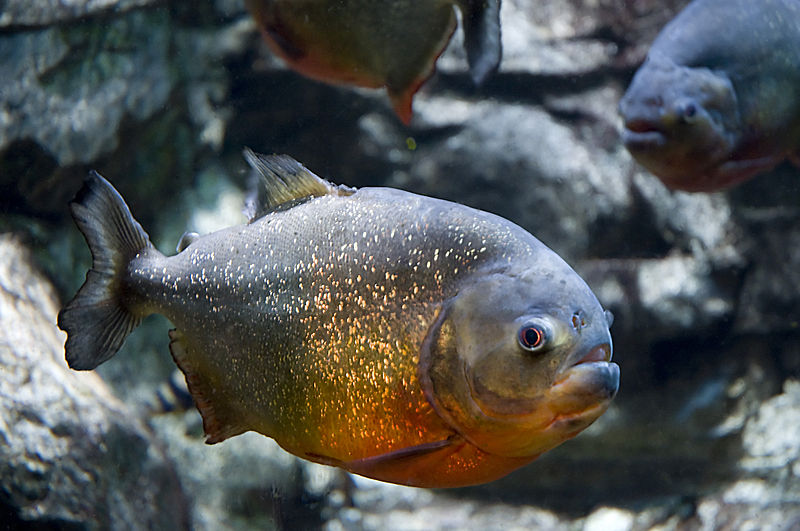
There are many species of sea cucumber available in the aquarium hobby. They get their name from their elongated, cylindrical body shape. Some are colorful, some are not, some are smooth, while others appear knobby or textured. Some are filter feeders that cling to the glass, waiting for food to come to them in the water flow. There are three specific types of sand sifters that are commonly offered which do a really great job cleaning up your sand. All of them belong to the genus Holothuria and they are very efficient at what they do. Read More »
 That Fish Blog – Aquarium Advice and Information
That Fish Blog – Aquarium Advice and Information

